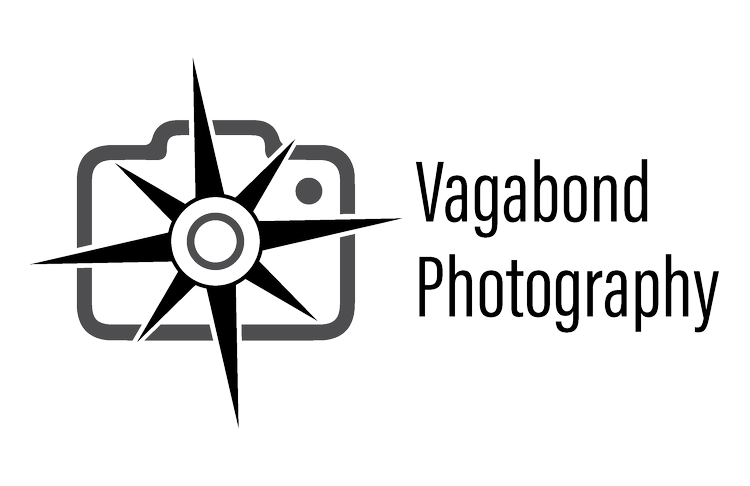Vagabond Photography(VB): It’s great day, we at Vagabond Photography now offer UAV(Drone) services to our clients and we can fly anywhere we please. Today we’re going to fly the port of Milwaukee.
FAA Rep: Not so fast Mister.
VB: why?????
FAA: because where your client would like you to fly for their assignment in located inside a restricted flight area. You’ll have to apply for a waiver.
The above is true for a Part 107 pilots, as certified pilots we cannot just fly anywhere we or a client would want us too. In much of the Greater Milwaukee area we have to work around controlled airspace via General Mitchel Airport(class C), Timmerman Airport(class D) and Waukesha Co Airport(Class D with a Class E extension) (see map 1). To fly in those areas, we would need to obtain a FAA waiver under part 107.41 requesting airspace authorization.
Restricted flight map of Milwaukee
Say a client was to approach us and says we would like you to photograph our new building project on Jones Island and can you do this in the next 20 days? First, let’s refer to the map the little red dot in the shaded purple circle represents where said client would like us to fly. This helps us answer our clients question a little, the right off the bat answer is no not currently. To fly in that shaded area we must apply for a waiver from the FAA. Then provided the FAA gives us permission the answer is yes but it sill could exceed the 20 days the client had requested and take as long as 90 days for a yes, no answer. Also the waiver is time sensitive which mean the pilot in control has to fly at the time requested on the waiver or on the backup date during the approved time.
You may ask what does a waiver do for us and why does the FFA require us to obtain one? For the proposed Jones Island assignment there are a few answers. 1. Provided we are granted a waiver, it allows the FAA and air traffic control to notify incoming and outgoing air traffic there is an unmanned aircraft working the vicinity of the airport to the Northwest. If you refer to map 1 again, you will notice that the proposed location is adjacent to the inbound flight line for runway 19R(marked in gray). 2. In the waiver we must explain to the FAA how we plan to ensure safety going above and beyond what part 107 requires. This can be done by adding additional spotters to notify the done pilot of incoming aircraft or by making the drone more visible to oncoming traffic and explain that we do not place to fly outside of a certain radius keeping us away from inbound traffic. Also, that we are not a distraction to other pilots. 3. It saves the pilot and customer from a fine from the FAA if caught flying without a waiver. Through some research the fines that have been given out range between $400 to $18.700 with one outlier being levied at $1.9 million (story here) and also for the pilot it can also mean revocation of his/hers certificate.
We've obtained a waiver now what? Great the FAA decided to grant us a waiver and now we can fly, though there are going to be some stipulations on the when and possibly from how long. Also make sure you have planned for a secondary date encase of inclement weather.
I understand the a potential client this may seem like a lot of work just to go though to fly around and photograph/video a building or a job site. Though, it is something unmanned pilots and I know is necessary, for safe flight operations for those on the grounds and flying in the sky and at the end of the day you’ll be happy you have an unmanned pilot that took the time to do it right.

